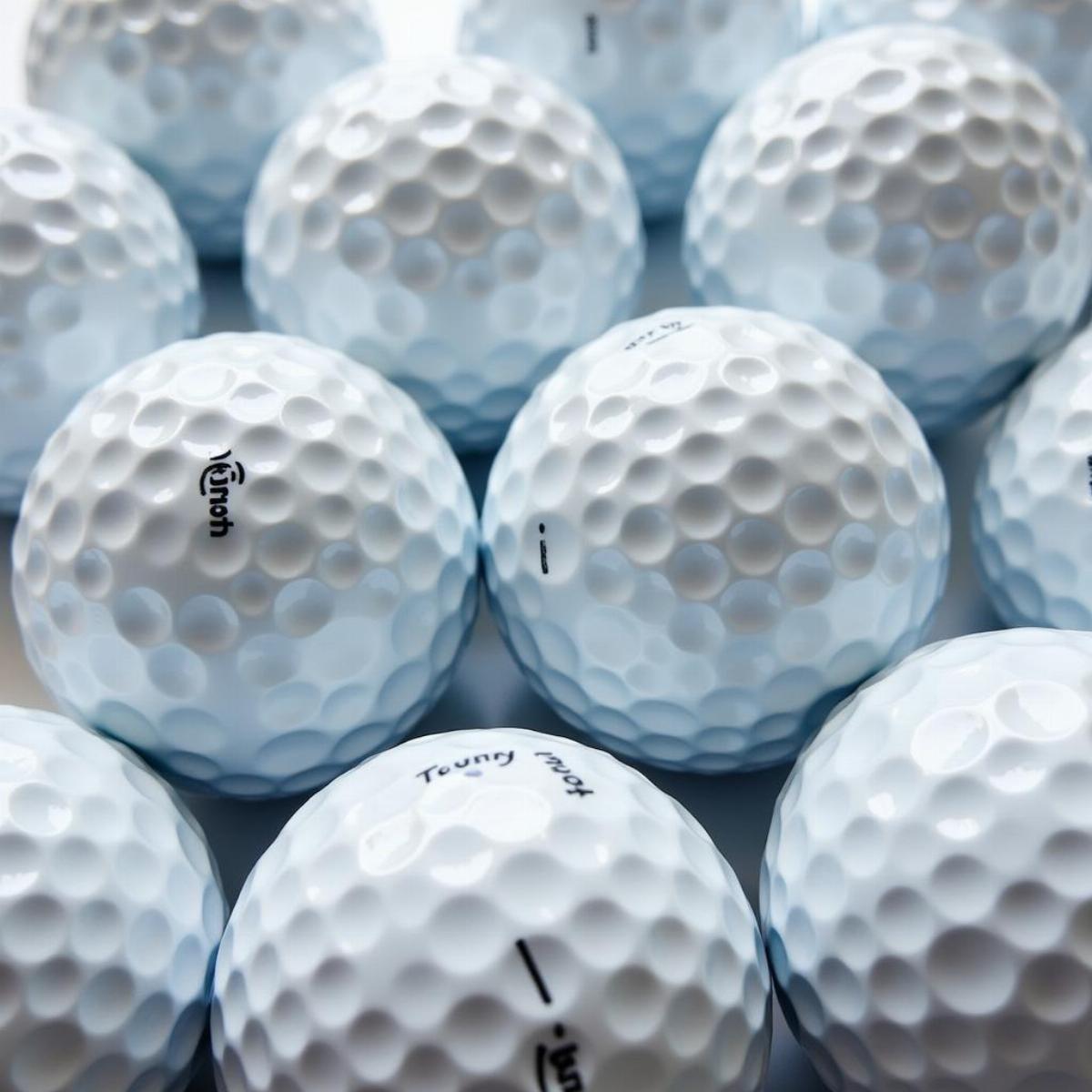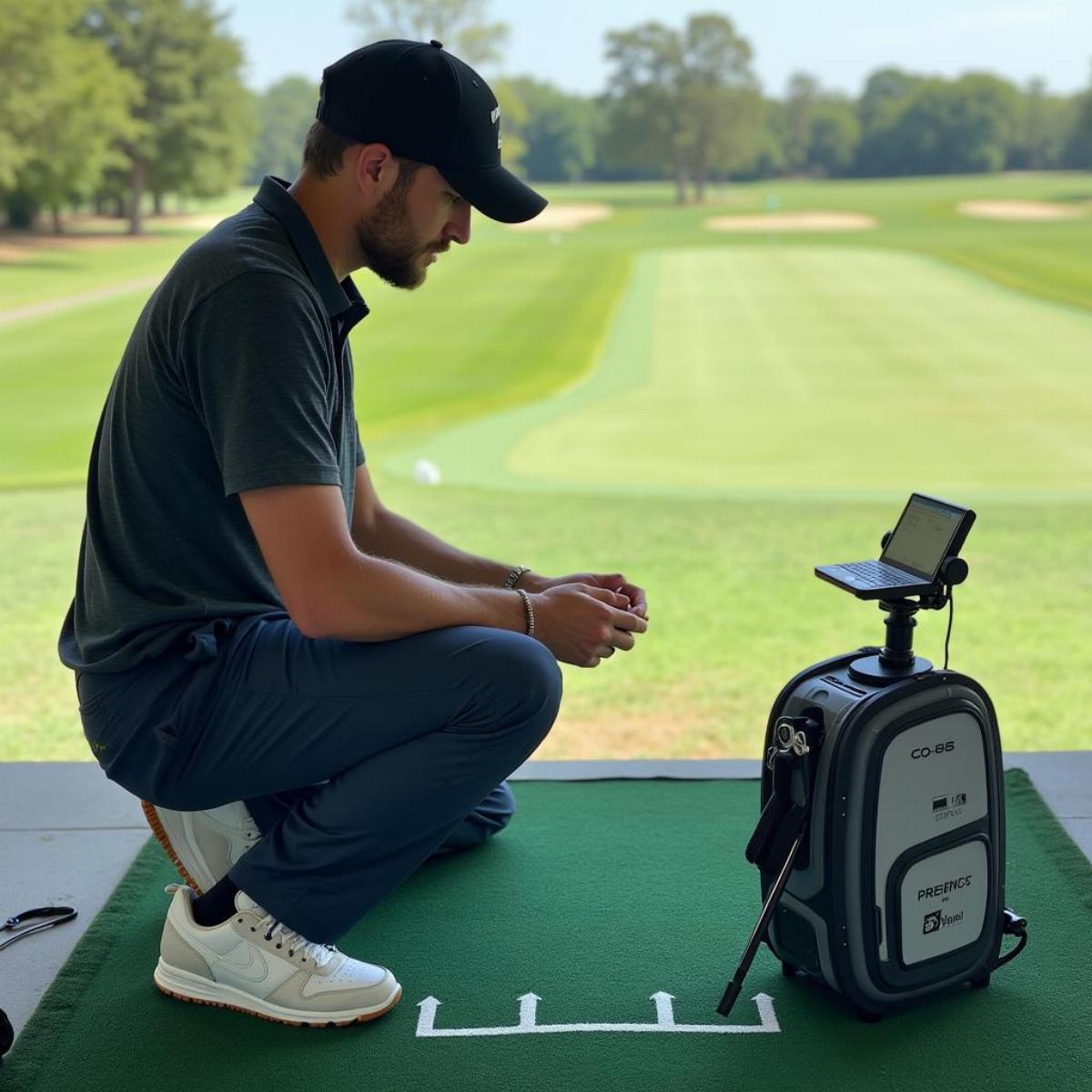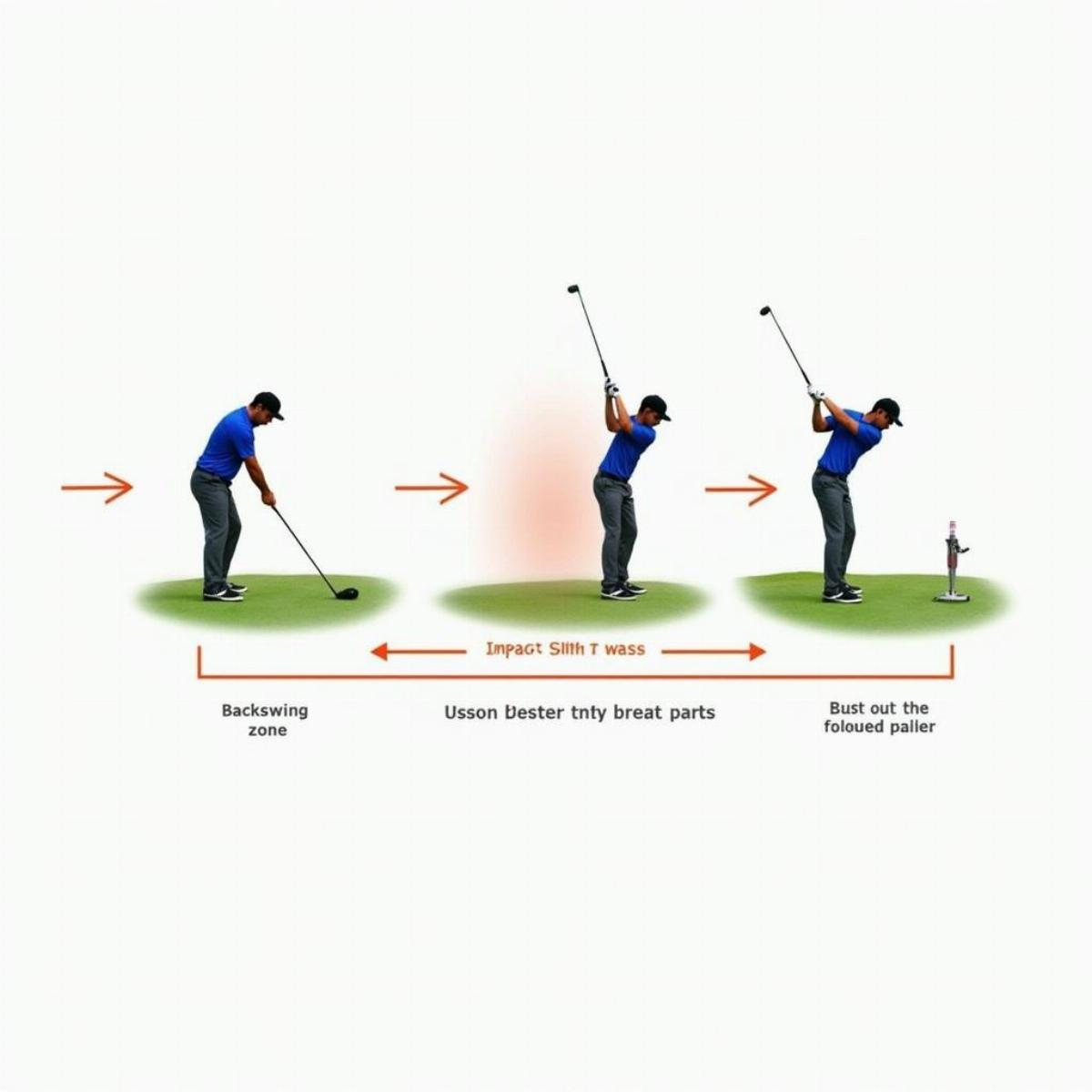When it comes to golf, one question that often comes up is: how fast do golf balls travel? Whether you’re a seasoned player or a curious beginner, understanding the speed of a golf ball can enhance your game and overall appreciation of this beloved sport. In this article, we’ll dive into the factors that influence golf ball speed and answer some frequently asked questions to boost your knowledge.
The Basics of Golf Ball Speed
Golf ball speed typically refers to the initial velocity of the ball immediately after being struck by the clubface. Generally speaking, the speed can vary widely depending on various factors, including the player’s swing speed, the type of golf club used, and even the specific type of golf ball.
Average Speeds
For an average male golfer, the ball speed can reach anywhere from 130 to 160 miles per hour (mph), while female golfers may generate speeds between 100 to 130 mph. Depending on skill level and dynamics of the swing, more proficient golfers might achieve speeds upwards of 180 mph!
Examples of Speeds by Player Category:
| Player Type | Average Ball Speed (mph) |
|---|---|
| Beginner | 100 – 120 |
| Intermediate | 120 – 140 |
| Advanced | 140 – 160 |
| Professional | 160 – 200+ |
Factors Influencing Golf Ball Speed
Understanding the precise speed of a golf ball isn’t just about hitting it hard; multiple elements come into play:
1. Swing Speed
Your swing speed is arguably the most significant factor impacting the ball’s initial velocity. According to the USGA, the average driver swing speed for male golfers is around 93 mph, while for females, it’s approximately 70 mph.
2. Club Type
The type of club you use plays a crucial role in determining ball speed. Drivers are designed to maximize distance and, as a result, produce the highest ball speeds. Irons and wedges yield lower speeds due to their design.
3. Ball Type
Not all golf balls are created equal. Some are designed for maximum distance, while others focus on control. For instance:
- Distance balls typically provide a softer feel and low spin.
- Tour balls aim for higher spin for precision around the greens.
 Different types of golf balls
Different types of golf balls
4. Impact Conditions
The angle of attack during the swing and the quality of impact can change speed dramatically. A clean, square hit with a positive angle can produce greater velocities.
5. Environmental Conditions
Conditions like wind and temperature can hamper or enhance speed. For example, playing at high altitudes usually results in faster ball flight due to thinner air.
Measuring Golf Ball Speed
So how do we quantify the speed of a golf ball?
- Launch Monitors: Devices like TrackMan or FlightScope collect very accurate data on ball speed.
- Radar Guns: Similar to those used in baseball, these can also gauge how fast the ball is moving.
A Quick Guide to Using Launch Monitors
- Set Up the Monitor: Position it behind the tee.
- Calibrate for Accuracy: Make sure it is adjusted for your specific environment.
- Take a Practice Swing: Warm-up swings help normalize the data.
- Analyze the Data: Look for metrics such as ball speed, launch angle, and spin rate.
 Setting up a golf launch monitor
Setting up a golf launch monitor
Key Takeaways
- The average speed of a golf ball can vary significantly based on skill level and equipment.
- Factors like swing speed, club type, ball type, and environmental conditions all influence speed.
- Launch monitors are an effective way to measure ball speed accurately.
Frequently Asked Questions (FAQ)
1. What is the highest recorded golf ball speed?
The highest recorded golf ball speed was around 220 mph, achieved by professional golfers like Rory McIlroy.
2. Does the type of golf ball affect speed?
Yes, the design and materials of the ball can impact how fast it travels after impact.
3. Is there a relationship between swing speed and ball speed?
Definitely! Higher swing speeds typically result in higher ball speeds, adding distance to your shots.
4. How much does temperature affect ball speed?
Warmer temperatures can lead to increased ball speed due to reduced air density. A 5-degree increase can yield about 1-2 yards more distance.
5. Do professional golfers hit the ball faster than amateurs?
Yes, professional golfers usually hit the ball significantly faster than amateurs due to superior swing mechanics and strength.
6. Can hitting down on the ball increase speed?
Hitting down at a steeper angle can affect the spin and trajectory but does not inherently increase ball speed.
 Analyzing a golfer's swing
Analyzing a golfer's swing
7. What is the difference between a distance and a control ball?
Distance balls are designed to fill the air with less spin for maximum flight distance, while control balls provide a softer feel for short-game precision.
8. How can I improve my golf ball speed?
To increase your ball speed, focus on improving your swing mechanics, strength, and flexibility. Consider working with a coach or instructor for personalized strategies.
9. Can a golf ball lose speed over time?
Yes, golf balls can lose performance due to wear and tear, affecting their overall speed.
10. Should I pay attention to ball speed during practice?
Absolutely! Monitoring ball speed can help you refine your swing and improve overall performance.
Understanding how fast golf balls travel can significantly impact your approach to playing the game. It’s not just about the strength of your swing; it’s a blend of technique, equipment, and conditions. By considering these factors and improving your mechanics, you can take your game to the next level!
So the next time you’re at the range or hitting the course, remember: it’s about the balance of elements that determine how fast that little white sphere sails away! Happy golfing!